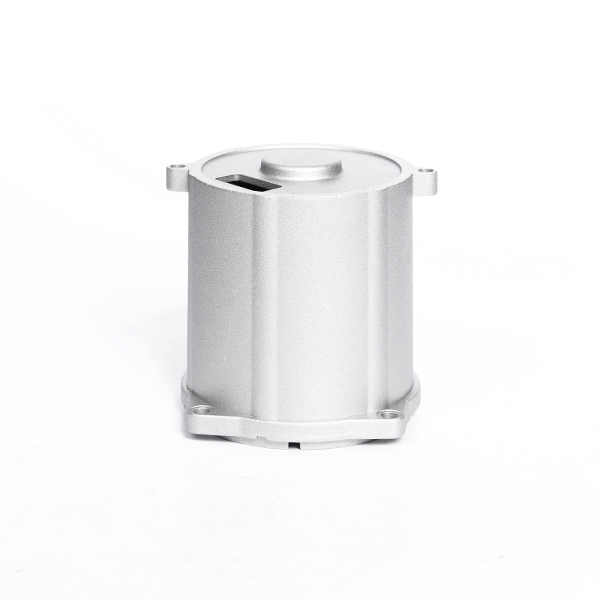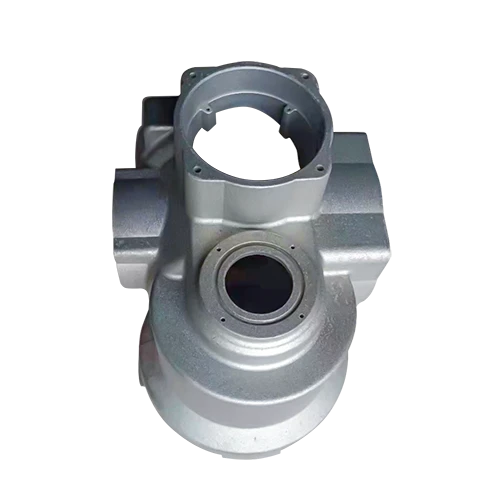Mobile:+86-311-808-126-83
Email:info@ydcastings.com
Ene . 19, 2025 02:42
Back to list
impeller
In the intricate world of fluid dynamics and chemical processing, the role of agitator impellers is paramount. These essential components ensure the homogeneous mixing of liquids, aiding in the efficient chemical reaction and heat transfer. The choice of impeller affects not only the efficiency of the mixing process but also the energy consumption and the longevity of the mixing equipment. Understanding the different types of agitator impellers is crucial for optimizing performance across various industrial applications.
High-shear impellers, like the sawtooth disc or high-speed dispersers, are specialized for tasks requiring significant mechanical energy input to disperse particles or droplets into a liquid medium. These impellers operate at very high speeds and are ideal in applications requiring very fine particle or droplet distribution, such as in the manufacture of emulsions and suspensions. Another important consideration is the material from which impellers are made. The choice between stainless steel, plastic, and other materials can affect not only the corrosion resistance and longevity of the impeller but also its effectiveness in certain chemical environments. Stainless steel impellers, for example, offer excellent resistance to corrosion and are suitable for various applications, including those involving aggressive chemicals. Custom-designed impellers can also be crafted to address specific industry challenges, whether meeting sanitary standards in food and beverage production or optimizing energy efficiency in large-scale chemical processes. The bespoke design of these impellers often requires a deep understanding of the fluid dynamics involved, showcasing the engineer’s expertise and the trustworthy nature of the design process. In conclusion, the selection of the right agitator impeller involves a combination of understanding fluid dynamics, the chemical properties of the materials involved, and energy consumption concerns. By considering the specific requirements of the application, from fluid type to desired mixing outcome, and the operational environment, one can ensure optimal performance and efficiency. The ever-evolving advancements in impeller designs highlight the ongoing need for expertise and experience in this critical field of industrial engineering. As technologies progress, the development of new materials and models promises to continue enhancing the effectiveness and reliability of mixing solutions, solidifying the authority and trustworthiness of both the products and the engineers who design them.


High-shear impellers, like the sawtooth disc or high-speed dispersers, are specialized for tasks requiring significant mechanical energy input to disperse particles or droplets into a liquid medium. These impellers operate at very high speeds and are ideal in applications requiring very fine particle or droplet distribution, such as in the manufacture of emulsions and suspensions. Another important consideration is the material from which impellers are made. The choice between stainless steel, plastic, and other materials can affect not only the corrosion resistance and longevity of the impeller but also its effectiveness in certain chemical environments. Stainless steel impellers, for example, offer excellent resistance to corrosion and are suitable for various applications, including those involving aggressive chemicals. Custom-designed impellers can also be crafted to address specific industry challenges, whether meeting sanitary standards in food and beverage production or optimizing energy efficiency in large-scale chemical processes. The bespoke design of these impellers often requires a deep understanding of the fluid dynamics involved, showcasing the engineer’s expertise and the trustworthy nature of the design process. In conclusion, the selection of the right agitator impeller involves a combination of understanding fluid dynamics, the chemical properties of the materials involved, and energy consumption concerns. By considering the specific requirements of the application, from fluid type to desired mixing outcome, and the operational environment, one can ensure optimal performance and efficiency. The ever-evolving advancements in impeller designs highlight the ongoing need for expertise and experience in this critical field of industrial engineering. As technologies progress, the development of new materials and models promises to continue enhancing the effectiveness and reliability of mixing solutions, solidifying the authority and trustworthiness of both the products and the engineers who design them.
Next:
Latest news
-
Why Should You Invest in Superior Pump Castings for Your Equipment?NewsJun.09,2025
-
Unlock Performance Potential with Stainless Impellers and Aluminum End CapsNewsJun.09,2025
-
Revolutionize Your Machinery with Superior Cast Iron and Aluminum ComponentsNewsJun.09,2025
-
Revolutionize Fluid Dynamics with Premium Pump ComponentsNewsJun.09,2025
-
Optimizing Industrial Systems with Essential Valve ComponentsNewsJun.09,2025
-
Elevate Grid Efficiency with High-Precision Power CastingsNewsJun.09,2025
Related PRODUCTS











